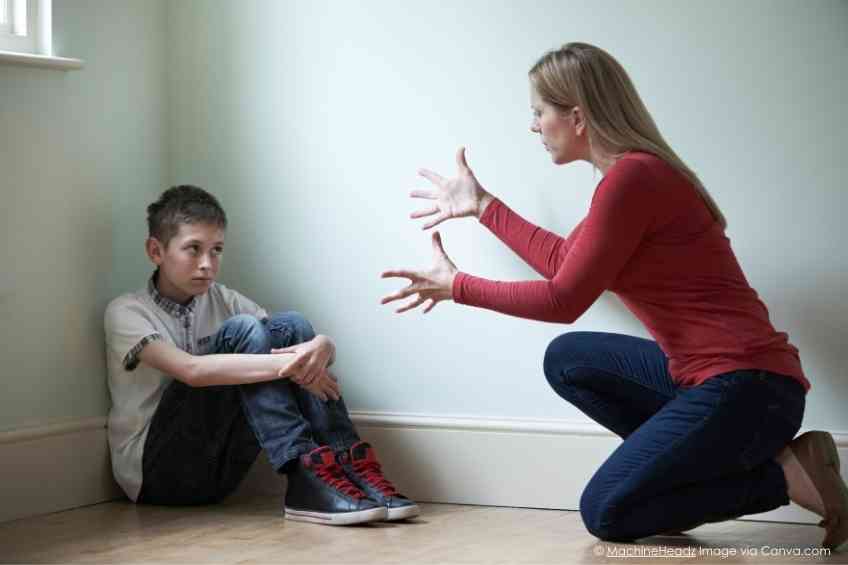By Sean Zucker –
One in seven children experiences abuse each year, the Center for Disease Control and Prevention (CDC) report. In monetary terms alone, it’s estimated that these incidents will laden sufferers with nearly $600 billion worth of lifetime economic burdens. The emotional costs can be even higher.
Typically, child abuse that’s believed to be most prominent and damaging comes in the form of physical or sexual abuse, as well as neglect. However, recent research suggests that verbal abuse can be just as dangerous long term. It is also far more widespread.
The University of London (UCL) in collaboration with Wingate University in North Carolina reached these troubling conclusions after reviewing 166 previously published studies. The university’s researchers characterized verbal abuse as shouting, yelling, denigrating a child or verbal threats. They also found that it is far more prevalent than physical or sexual abuse. In fact, the number of kids who encounter verbal bashing was as high as 40 percent.
“These types of adult actions can be as damaging to a child’s development as other currently recognized and forensically established subtypes of mistreatment such as childhood physical and sexual abuse,” the study noted.
The team also delved into the impact of verbal abuse that goes beyond what’s delivered by parents. The researchers discovered verbal abuse also comes regularly from teachers and coaches. Yet regardless of its source, verbally abused children were disproportionally prone to several mental and physical health issues as adults. These include depression, anger issues, substance abuse, obesity, lung disease and a tendency to commit crimes.
The report’s aim was designed to both raise awareness of the prevalence of verbal abuse on children and hopefully inspire institutions to categorize the behavior more carefully. A more precise characterization would ideally help identify and combat its impacts down the line, something the study’s authors warn would help offset serious implications. “Childhood verbal abuse desperately needs to be acknowledged as an abuse subtype because of the lifelong negative consequences,” stressed Shanta Dube, the study’s lead author and professor at Wingate University said.
Dube also notes that verbal abuse on children has largely gone underdiagnosed and, more importantly, undertreated. “We’ve seen tremendous strides in increased awareness and interventions targeting physical and sexual abuse perpetrators leading to the reduction in these forms of maltreatment. If we focus on ‘verbal abuse’ by perpetrators rather than just ‘emotional abuse’ among victims, we may develop similar actions to prevent childhood verbal abuse and its consequences,” she added.
The CDC also warned that children who are abused or neglected often suffer physical injuries such as cuts, bruises or broken bones. The psychological ramifications, however, are equally devastating. Kids can quickly develop anxiety or even posttraumatic stress disorder, both of which may linger for years, the CDC noted. Moreover, these children are at heightened risk of experiencing future violence victimization and perpetration, substance abuse, sexually transmitted diseases, delayed brain development, lower educational attainment and limited employment opportunities.
Dube explains that defining and acknowledging verbal abuse is a crucial step in the battle to reduce it. “Breaking the intergenerational cycles starts with the adults,” she declared.













